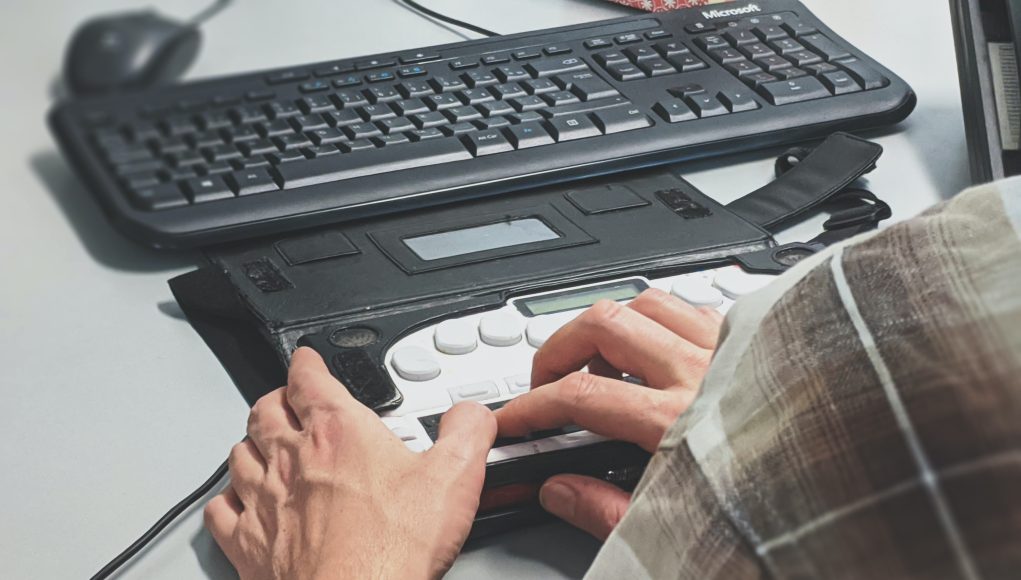The Social Model for Disability signifies a fundamental change in comprehending disability, shifting the emphasis from personal limitations to the societal obstacles that hinder disabled individuals from living fully and autonomously. This groundbreaking perspective, pioneered by disabled individuals themselves, seeks to shed light on and tackle the numerous disparities and biases they face on a daily basis.
Origins and Evolution of the Social Model for Disability
The term ‘social model for disability’ was coined by disabled academic Mike Oliver in 1983. It emerged as a counter-narrative to the ‘medical model of disability,’ which places the onus of disability on the individual’s impairment or condition. Instead, the social model posits that the primary obstacles faced by disabled individuals are not their physical or mental conditions but the societal structures and attitudes that hinder their participation and access.
In the UK, this model has significantly influenced both social and governmental policies, steering them towards more inclusive and accessible solutions for disabled individuals.
Advancements in Legal Rights for Disabled Individuals
A notable stride in this direction is the introduction of the Disability Discrimination Act (1995), further bolstered by the Equality Act (2010). These legislations mandate legal protections for disabled people, holding businesses and organisations accountable for providing accessible services and facilities. Such measures include, but are not limited to, reasonable adjustments in buildings, like installing wheelchair lifts and widening doorways, ensuring physical barriers do not impede access.
Inclusive Planning and Policy Making
The social model advocates for a collaborative and inclusive approach in decision-making processes affecting disabled people’s lives. This approach ensures that disabled individuals, along with disability campaign groups and experts in social and healthcare, are integral to the consultations and planning of policies and developments impacting them.
Fostering Greater Integration and Participation
Historically, disabled people were often side lined, with assumptions that they couldn’t work, live independently, or have families. Today, however, there is a robust support and legal framework empowering disabled individuals to reach their potential in various life aspects – education, employment, and personal life.
Employers are required to adopt non-discriminatory practices in hiring and to make reasonable workplace adjustments. These adjustments may include providing specialised equipment, flexible working hours, and necessary modifications like ramps and accessible facilities.
A Journey Towards an Inclusive Future
The Social Model for Disability is not just a theoretical concept but a practical, transformative approach that redefines how society views and interacts with disabled individuals. It’s a journey towards a future where disabilities are not seen as individual limitations but as a collective responsibility to remove societal barriers. This model champions the idea that with the right support and inclusive policies, disabled people can lead lives as enriching and fulfilling as anyone else.
In embracing this model, society takes a significant step towards true inclusivity, recognising the diverse and valuable contributions of all its members, regardless of their physical or mental conditions. The progress made so far underlines the potential for a more equitable and accessible world, where barriers are not seen as hindrances but as opportunities for improvement and growth.
















